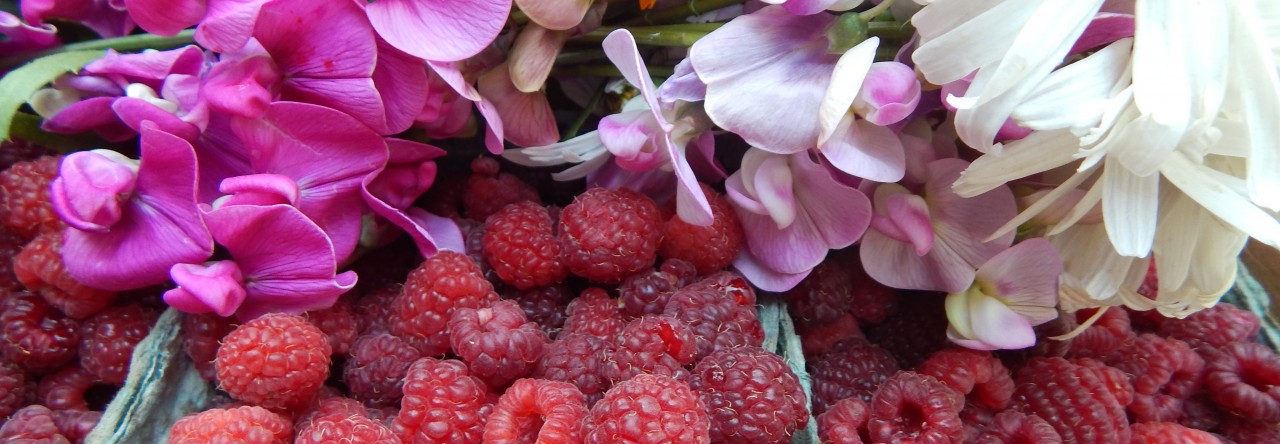
As the growing season winds down, I get plenty of questions about what to do with the last weeks of homegrown harvests and the last crops from farmer’s markets. By now, you’ve likely eaten your fill of your favorite fresh dishes and processed your favorite canned and frozen goods. If you’re like me, you’re torn between wanting to be done with the labor of weeding and harvesting and wanting to capture those last few tomatoes, those last few broccoli stalks, to enjoy after snowfall.
I’ve already shared many of my favorite ways to save excess and end-of-season produce. This month, I’ll continue to share some of my favorite fall canning recipes. But this week, I wanted to bring together in one post some of the ways I quickly save the last rounds of in-season veg.
Read more about quickly saving vegetables

